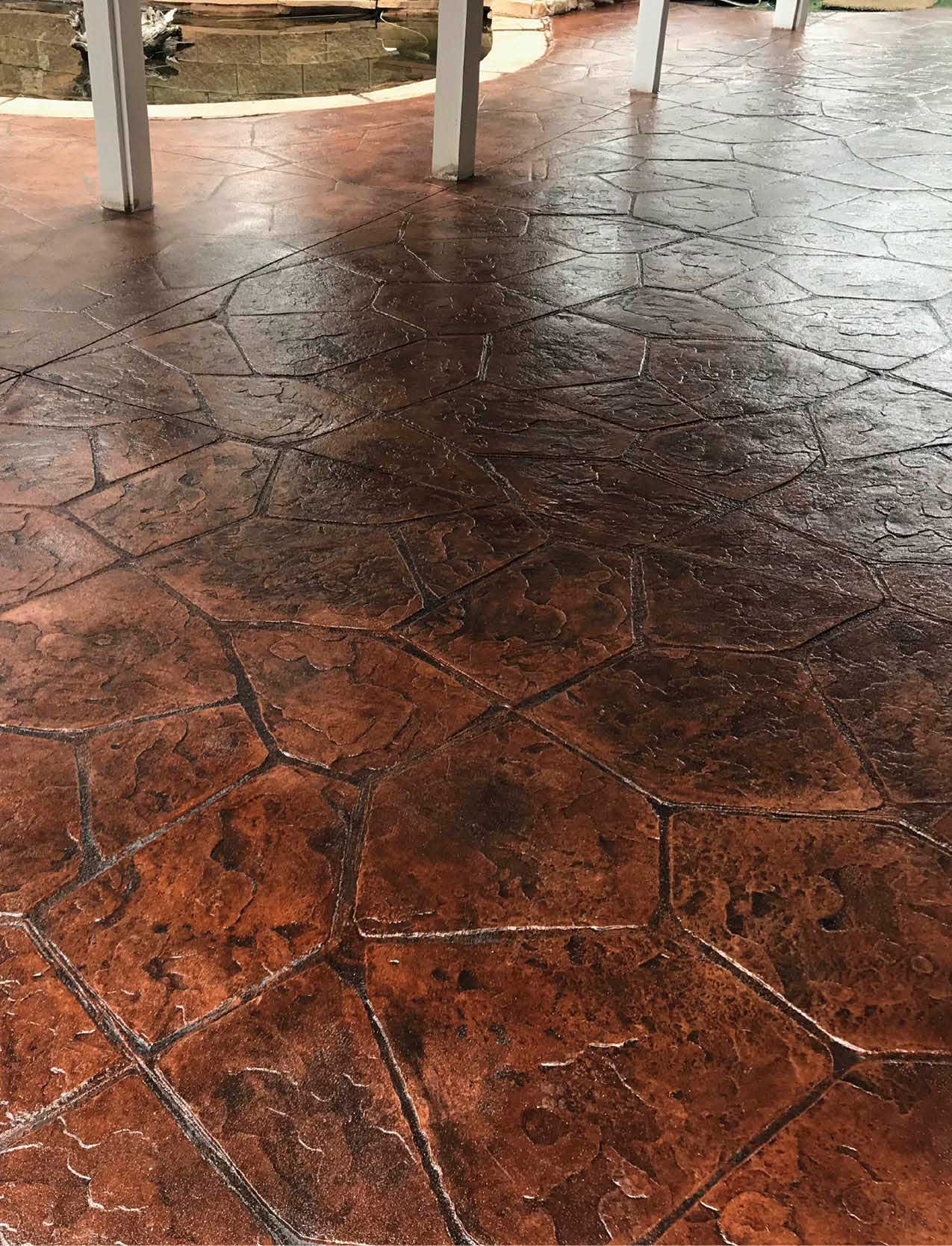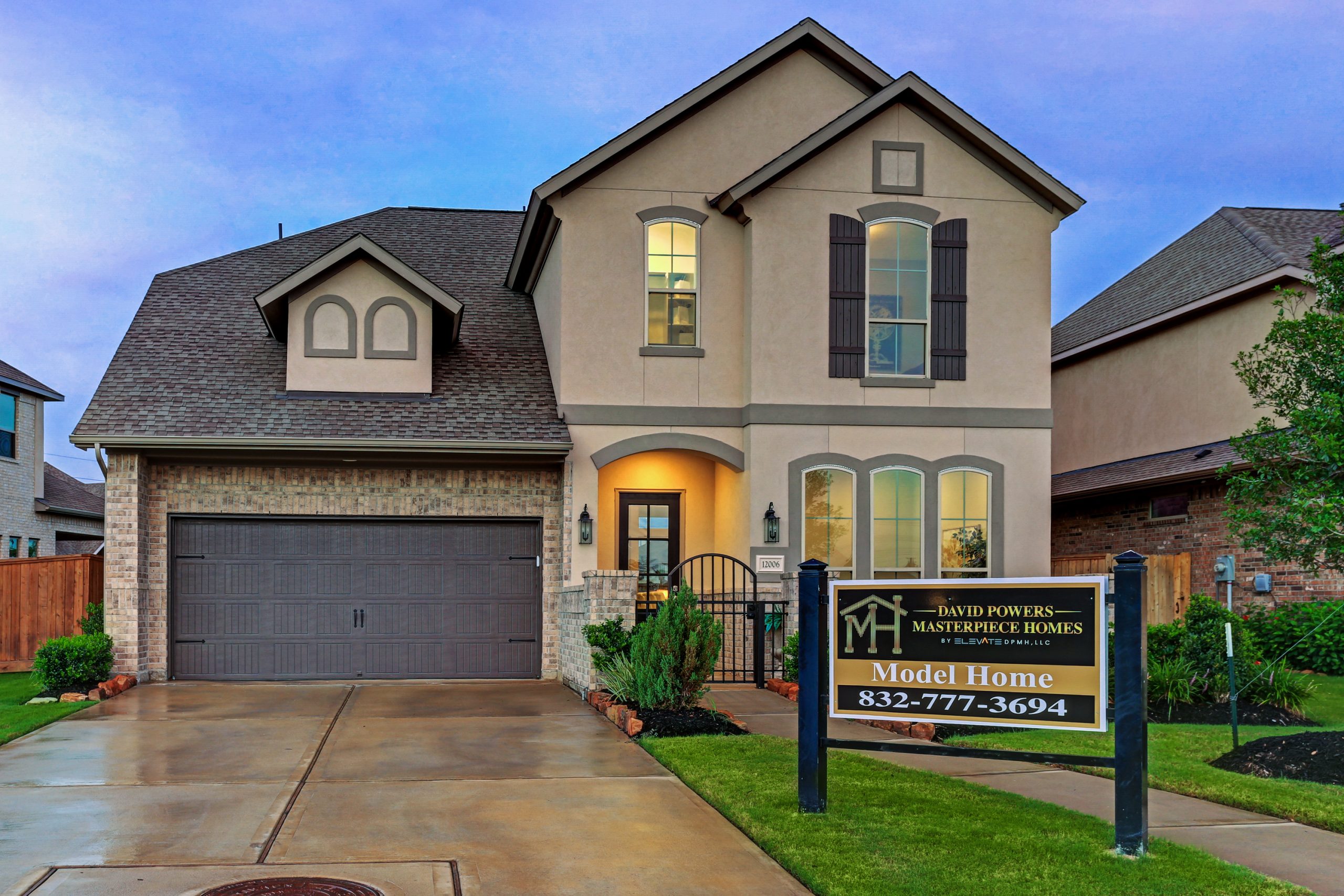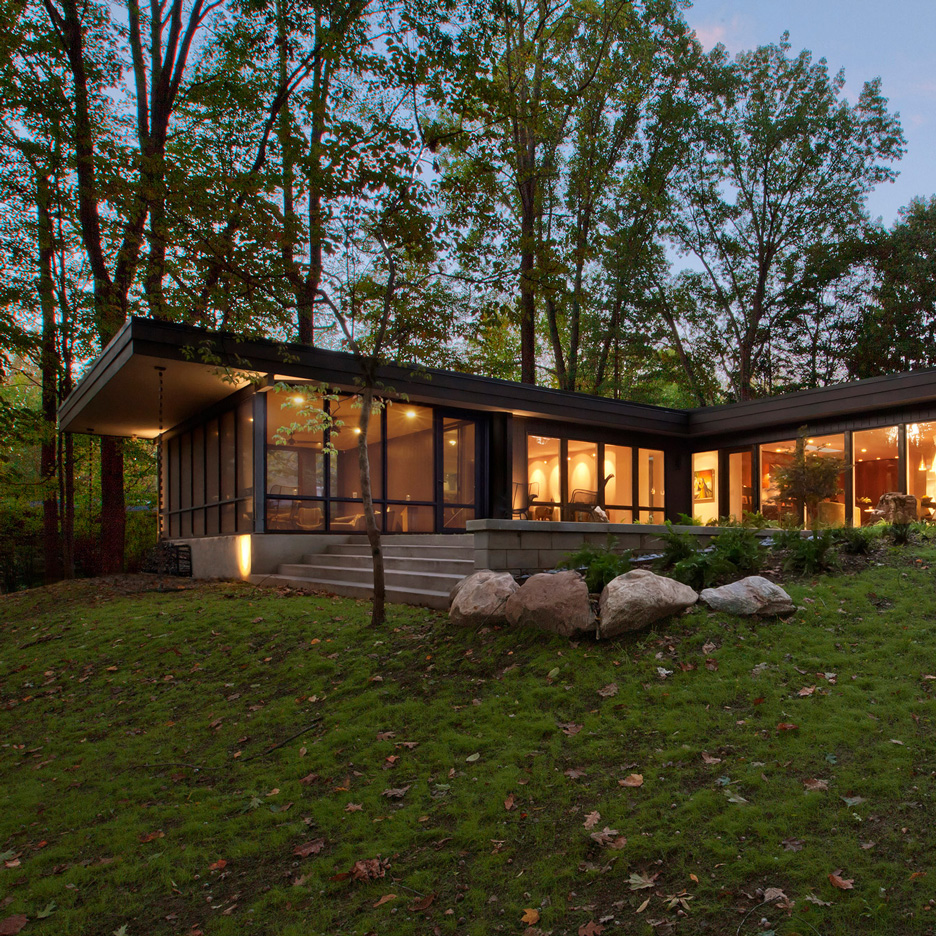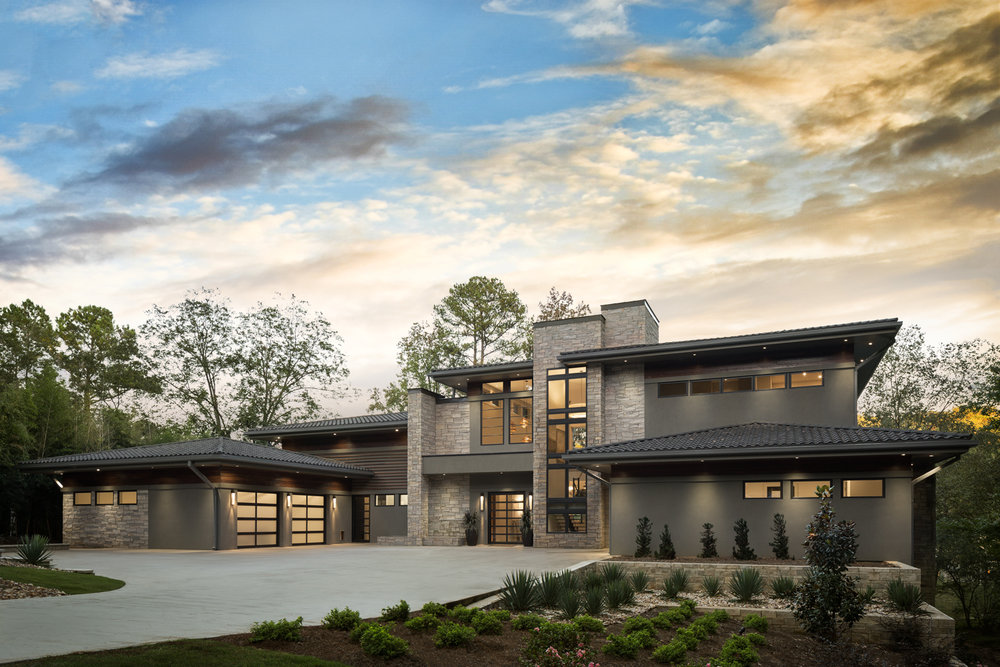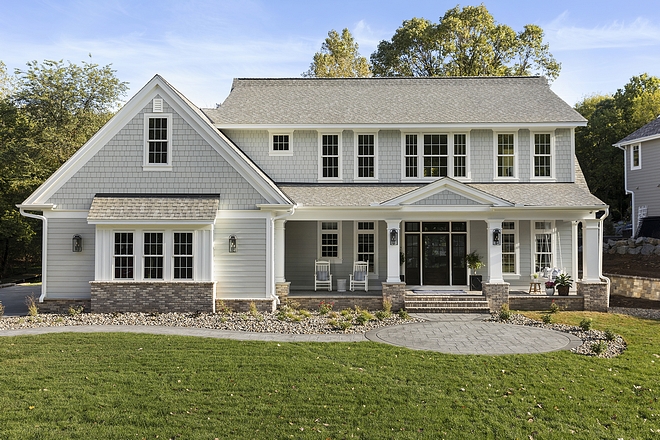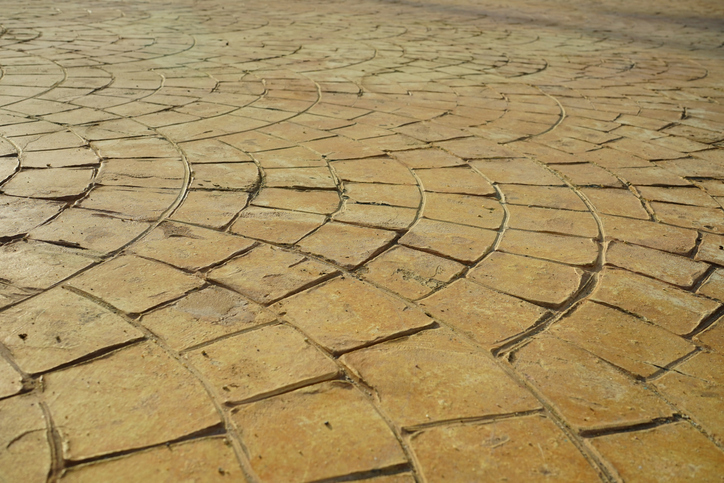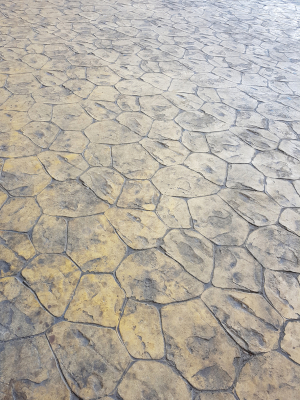Strongest Materials for Driveways
If you own a car and have a garage, there is a high chance you will have a driveway too. It is only logical that there should be a way for your vehicle to access your garage and that way is best constructed. A driveway is not only functional, but it also adds to your home curb appeal. When you have one that needs remodeling or you don’t have at all and need to build one, there are many things you have to consider. The maintenance, aesthetics, budget, and a lot of other factors come to mind. Most importantly, you have to consider the durability of your driveway above all other things. The durability is indeed determined by the material used, and here, we look at the various materials available for driveways and their strength.
Exposed Aggregate:
This is a concrete finish where the thin layer is removed at the top, and the shell, stones or sand, and pebbles used as aggregate is visible. This material has a natural look and is very durable. It is also skid-free and needs little maintenance but must be sealed periodically to keep its looks.
Concrete:
Concrete material is used for many purposes, mainly because of its durability. It is long-lasting, cost-friendly, and easy to maintain material. It is also flexible in terms of decorative finishes and can withstand different weather conditions. Its only problem is that it is susceptible to cracks over time.
Blue-stone:
This is a form of sandstone that can be used to create elegant driveways. The material comes in different shapes and can be crushed into gravel, paved as it is, or cut into tiles to create patterns. It is a solid material that can be combined with other materials. It has a brilliant blue look that fades over time due to exposure to weather conditions, but you’ll enjoy it for a while.
Clay Brick:
This material is one of the oldest used for paving and surfacing. The clay bricks are usually set into mortar or sand base. It comes in different colors that can be used to create patterns and decorate your driveway. Since they are made from natural materials, they can be salvaged and reused. It requires regular maintenance and at least washing twice a year. Its downside is that it is not as strong as the other materials, but it can last for some time with proper maintenance.
Asphalt:
This is one of the most popular materials for driveways. It is a better choice in colder climates since the material can resist the cold weather better than other materials. The material also preserves heat that melts snow faster. It needs regular maintenance and is no good in the hot climate where it can melt and crack.
Basalt:
This is an igneous rock that forms most of the oceanic crust. It is a very strong and hard material that can be used to pave driveways. With its usual color palette of grey to black, it will complement any modern architecture.
Conclusion
The material you end up using for your driveway will depend heavily on your budget. Whichever you decide on, ensure it is compatible with your climate because the prevailing weather conditions may influence the material’s strength.







